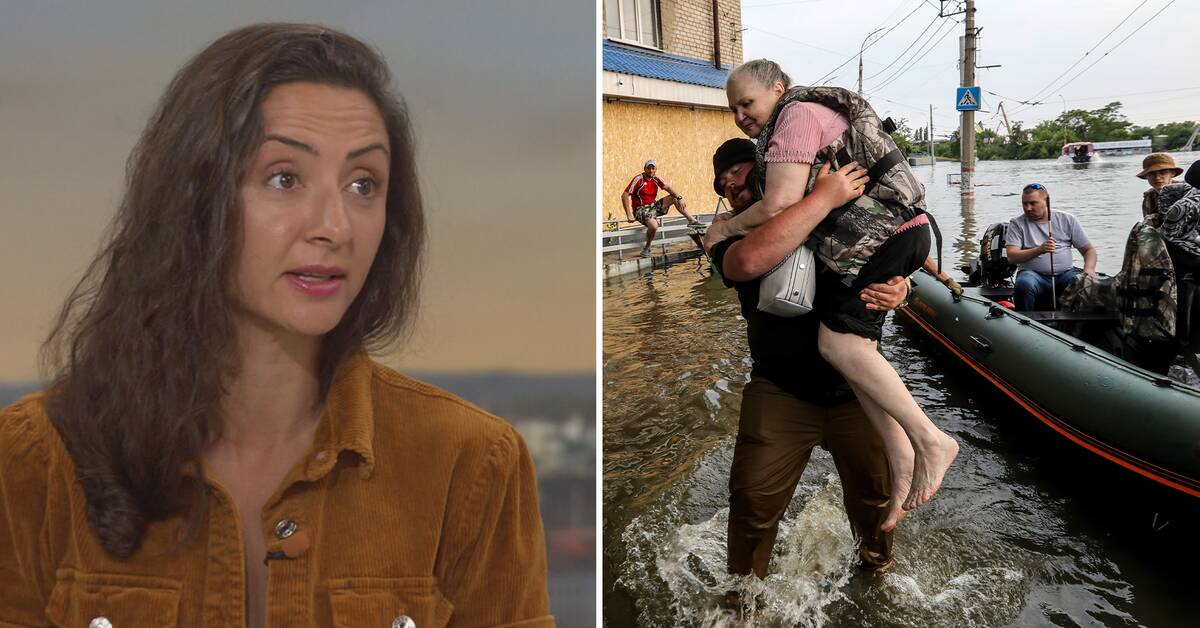Carrying out rescue work under siege and shelling is a huge challenge. So says Johan von Schreeb, doctor and professor of disaster medicine, in connection with the collapse of the Nova Kakhovka dam.
"They have said that they want more international help, but it is very difficult to reach this area. It's hard with roads, it's hard with transport and it's hard with safety," he says.
"Hard to come from outside"
Johan von Schreeb describes that the more rescue equipment you can get into the area, the better. But since it is so difficult to get there, the most important thing at the moment is that people on the ground are mobilized in the rescue work. And he believes that the Ukrainians are doing well.
"The Ukrainians themselves are fantastic at coping with these situations," he says.
What is the difference from ordinary rescue work?
When carrying out rescue work in a war zone, the conflict must always be taken into account. That rules out many common surgeries, according to the disaster doctor. For example, it will be difficult to rescue people by helicopter because of the risk of being shot down.
"That's what's terrible, you can't do what you would expect," says Johan von Schreeb.
Listen to Johan von Schreeb and Swedish Radio's Ukraine correspondent Lubna El-Shanti describe the long-term effects of the dam collapse in the clip above.

